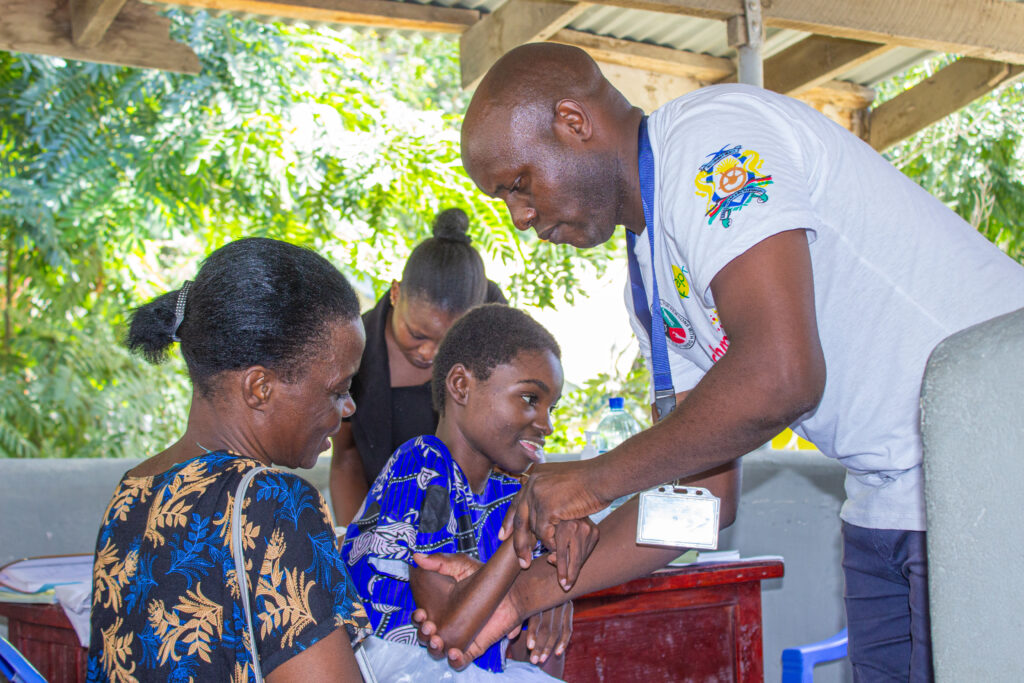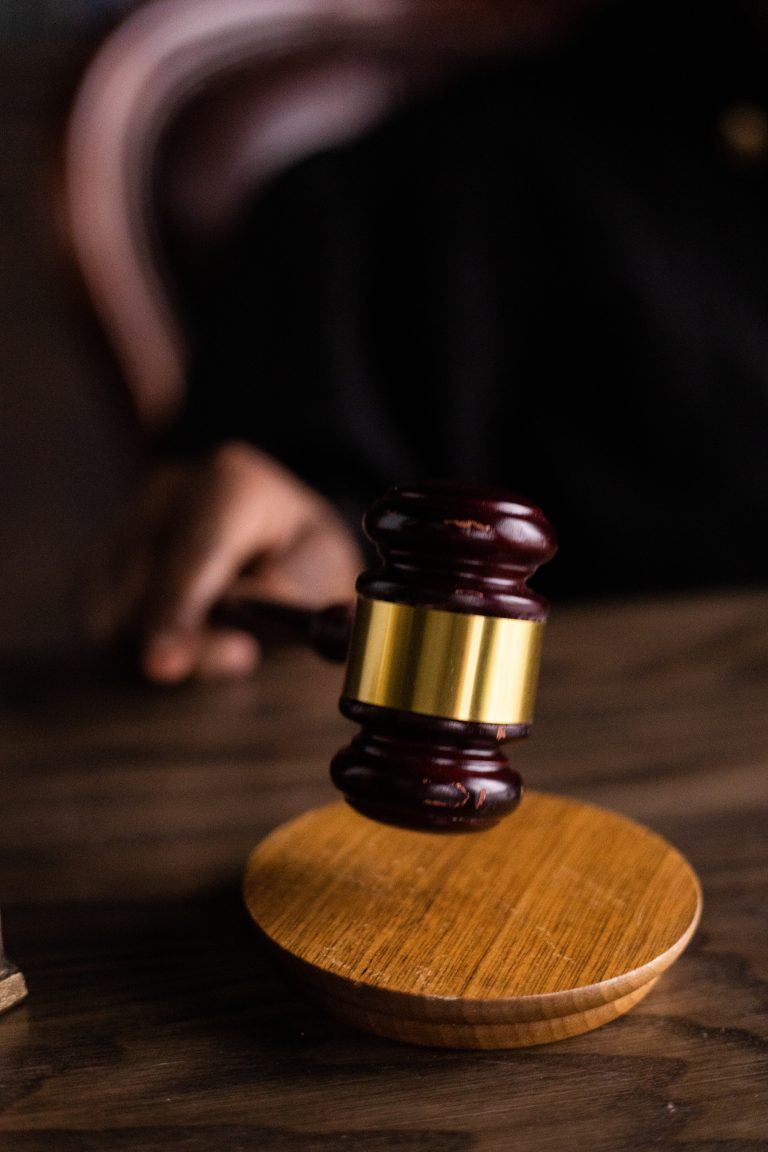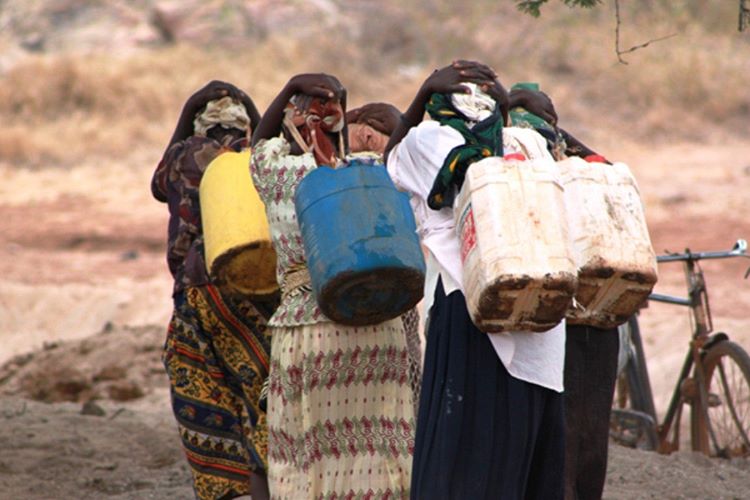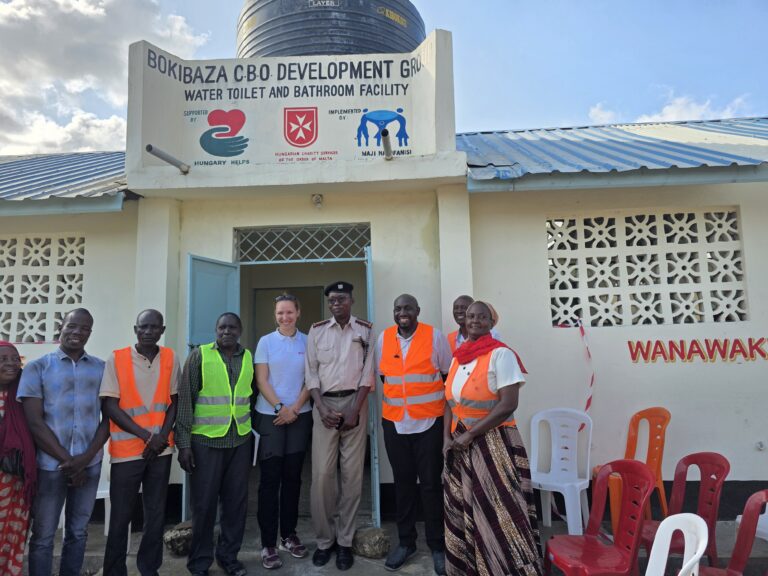What If Your Child Was Left Out Simply Because They Were Different?
For many families in Bogobogo, Jomvu Sub-County, this isn’t a question—it’s reality. Children living with disabilities have long been invisible in Kenya’s mainstream education system. Their dreams, talents, and futures held back by barriers they didn’t choose.
But on June 3rd, 2025, something extraordinary happened in Mombasa.
Maji na Ufanisi (Water and Development), in partnership with global and local organizations, gathered parents, health promoters, government leaders, and disability advocates under one roof. Their mission: to ensure inclusive education for students with disabilities is no longer optional—it’s the standard.
In this article, you’ll explore how this powerful event is setting a new precedent for disability diversity and inclusion in education. Learn what inclusive education really looks like, how the Bogobogo community is taking ownership, and what you can do to help expand this model across Kenya.
A Detailed Explanation of the June 3rd Turning Point
A Historic Gathering for an Urgent Cause

At Bangladesh Community Hall, over 100 attendees came together—not as spectators, but as partners. Facilitated by Maji na Ufanisi, this was no ordinary stakeholder meeting. It was a collective act of courage, responsibility, and vision.
Building a Network of Accountability
Representatives from the Ministry of Health, Community Health Promoters (CHPs), APDK, DSS, NCPWD, and local administrators joined hands to map out a clear, community-based plan for supporting children with disabilities.
Tailored Solutions for Real Needs
This wasn’t a one-size-fits-all discussion. Each child’s needs, identified through prior surveys, will now be addressed through personalized interventions—marking a shift from charity to empowerment.
A Community That Leads Together
By placing CHPs and parents at the center, the project ensures sustainable outcomes and trust. It’s about shifting from top-down aid to grassroots leadership.

Stakeholders and the Roles They Played
Inclusive development is a team effort. Here’s how each stakeholder contributed to making this initiative a success:
Maji na Ufanisi (Project Lead)
- Led project coordination, data collection, and stakeholder engagement
- Designed individualized support plans based on field surveys
- Ensured disability-inclusive standards at Hope Light School
Community Health Promoters (CHPs)
- Acted as liaisons between families and project teams
- Conducted home visits and followed up on each child’s progress
- Helped mobilize community participation

Parents and Caregivers
- Shared insights on children’s needs
- Took part in planning support pathways
- Committed to facilitating their children’s access to services
APDK (Association for the Physically Disabled of Kenya)
- Provided rehabilitation services and mobility devices
- Offered expert guidance on disability assessments and therapy
National Council for Persons with Disabilities (NCPWD)
- Supported national-level registration for support services
- Connected the project to policy and structural frameworks
Department of Social Services (DSS), Mombasa
- Offered psychosocial support and school-readiness programming
- Linked families to existing social protection systems

Jomvu Disability Network
- Mobilized community awareness and participation
- Advocated for local inclusion and monitored grassroots implementation
Local Administration (Chief & Assistant Chief)
- Ensured safety and logistical support
- Encouraged community engagement and facilitated awareness drives
Why Does Inclusion for Students with Disabilities Really Matter?
Inclusive education is more than just placing a child with a disability in a classroom. It’s about ensuring they thrive. That means:
- Safe and accessible infrastructure
- Trained educators and health workers
- Supportive peer environments
- Access to therapy, devices, and individualized teaching
It’s a philosophy of belonging, not just access.

How Maji na Ufanisi Is Redefining Disability Inclusion
Maji na Ufanisi has proven that water and sanitation projects can be springboards for deeper human rights interventions. Now, it is integrating inclusive education into its broader mission.
What They’re Doing:
- Conducting needs-based surveys
- Training CHPs and parents in disability care
- Upgrading school facilities for accessibility
- Partnering with global experts for technical and medical support
- Embedding inclusion in every aspect of community life
This isn’t about ticking boxes. It’s about building a replicable model for how we serve our most vulnerable populations.
Want to Be Part of This Change?
Here’s how you can make a meaningful difference:
- 💙 Donate: Your gift supports therapy sessions, mobility aids, and school improvements
- 🤝 Partner: Institutions can fund, train, or scale this model
- 👥 Sponsor: Back a community health promoter or child’s education pathway
📩 Reach out to Maji na Ufanisi at MNU@majinaufanisi.org
Frequently Asked Questions (FAQs)
- What is inclusive education?
Education that accommodates all learners, including those with disabilities, in a shared learning environment. - How is disability inclusion implemented at the community level?
Through stakeholder training, individualized plans, and community involvement. - Is this project limited to Mombasa?
Currently focused on Bogobogo, but with the right support, it can scale nationwide. - What’s the role of parents in the project?
They help implement support plans and advocate for inclusion within their communities. - How does this link to Maji na Ufanisi’s broader mission?
It aligns with their commitment to equity, human dignity, and sustainable development. - What kind of support do CHPs offer?
They conduct home visits, monitor progress, and bridge services between families and organizations. - Is Hope Light School already inclusive?
It is currently being transformed to meet disability-accessibility standards. - What organizations are involved?
MNU, APDK, NCPWD, DSS, local ministries, and the Hungarian Charity Service of the Order of Malta. - Can international donors support this?
Yes. Maji na Ufanisi works with partners worldwide. - How do I initiate a partnership?
Send an inquiry to MNU@majinaufanisi.org for collaboration opportunities.
A Community That Chooses Inclusion Is a Community That Grows
The children of Bogobogo now have more than hope—they have a future. Through intentional partnerships, local ownership, and deep empathy, Maji na Ufanisi is proving that disability and inclusion are not only possible—they’re essential.
This story is just beginning.
👉 Will you help us write the next chapter?
📩 Contact: MNU@majinaufanisi.org



